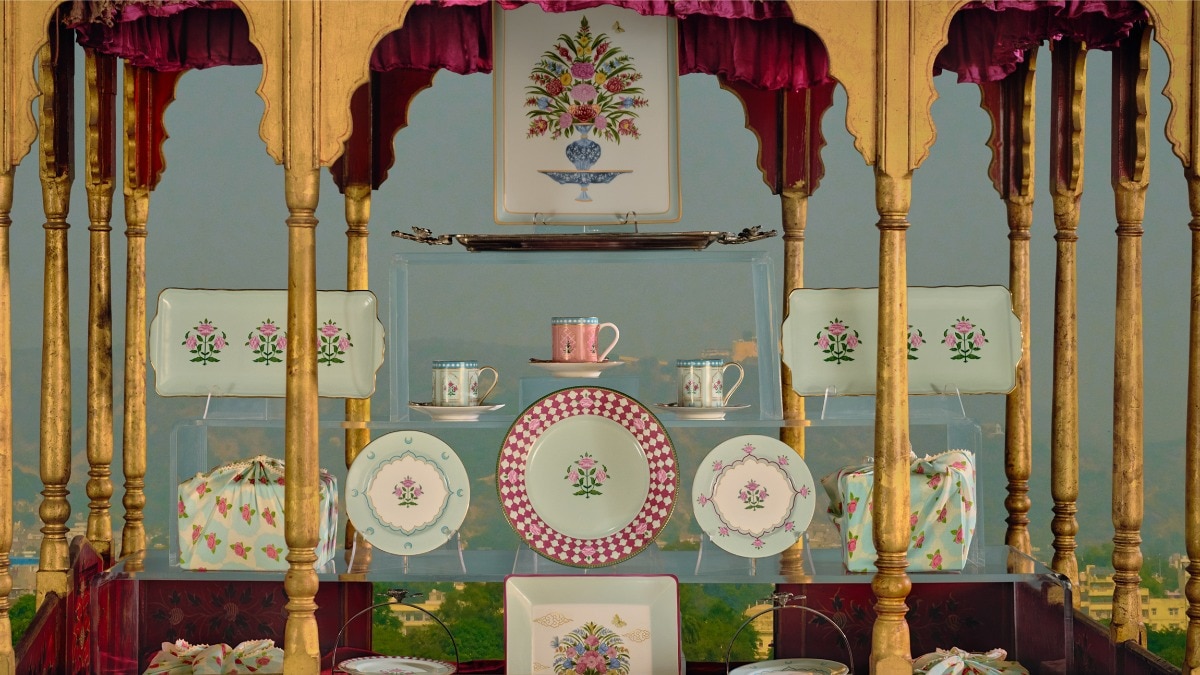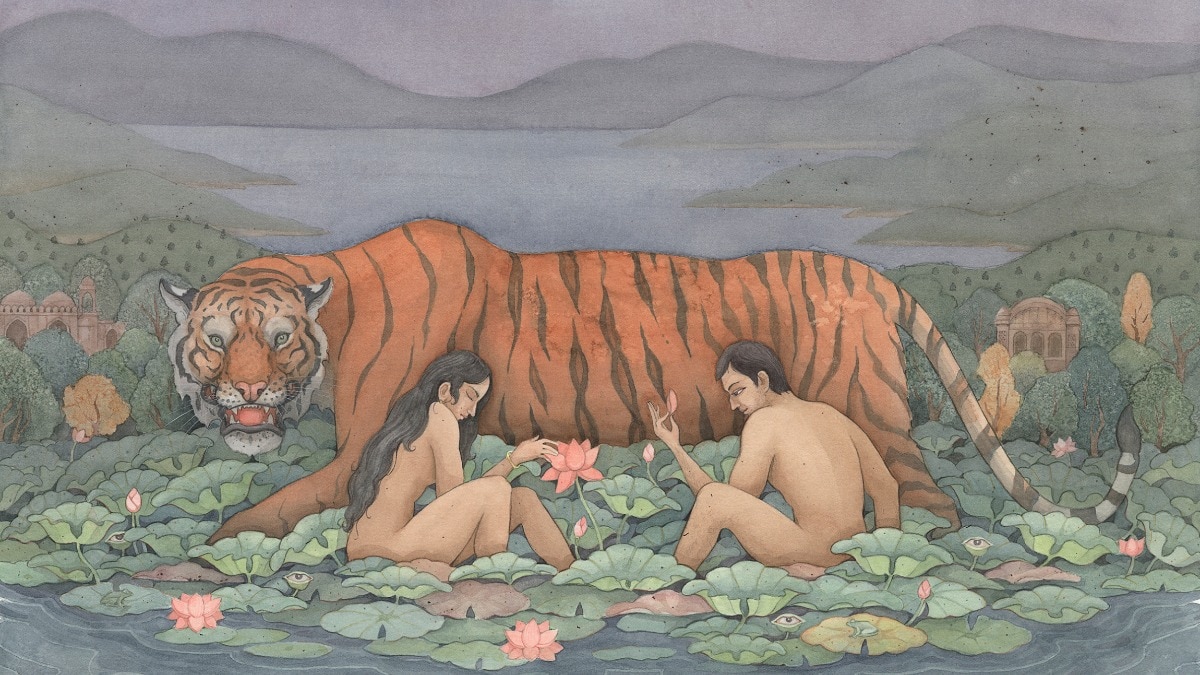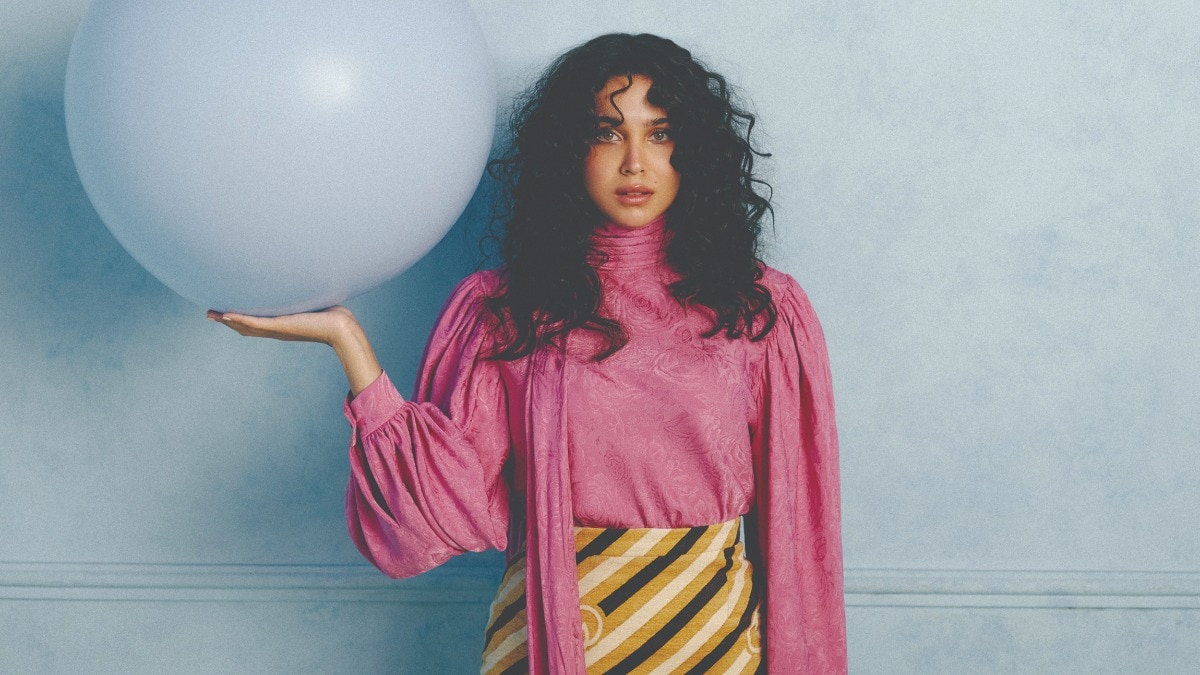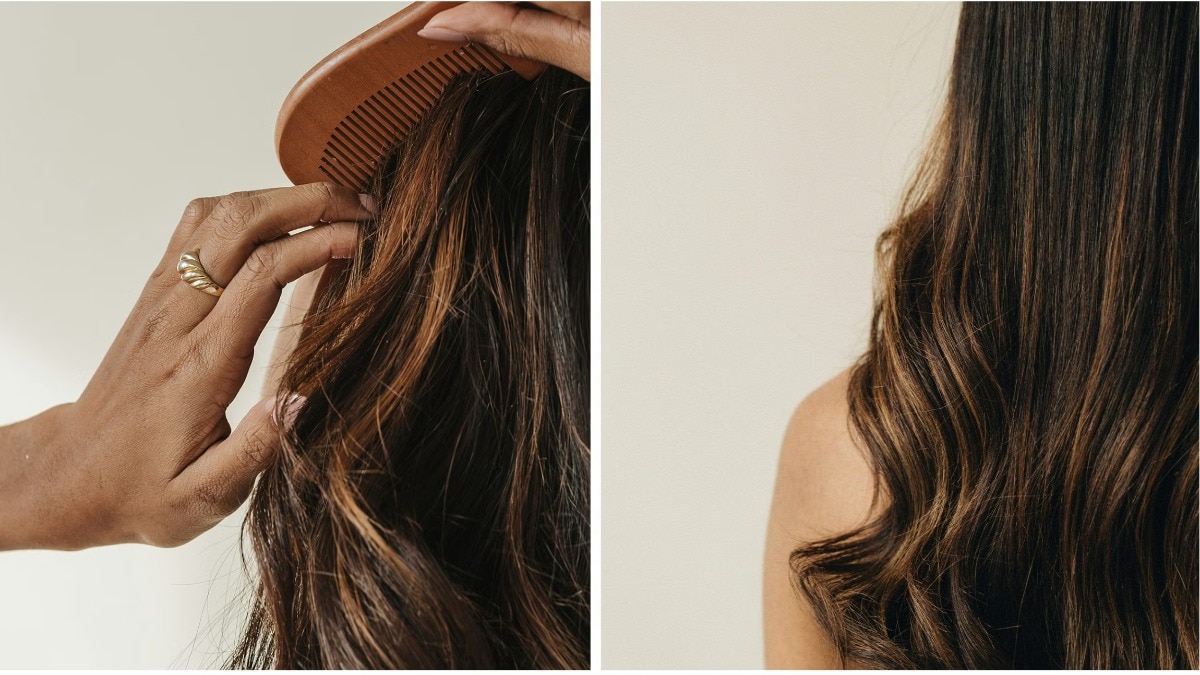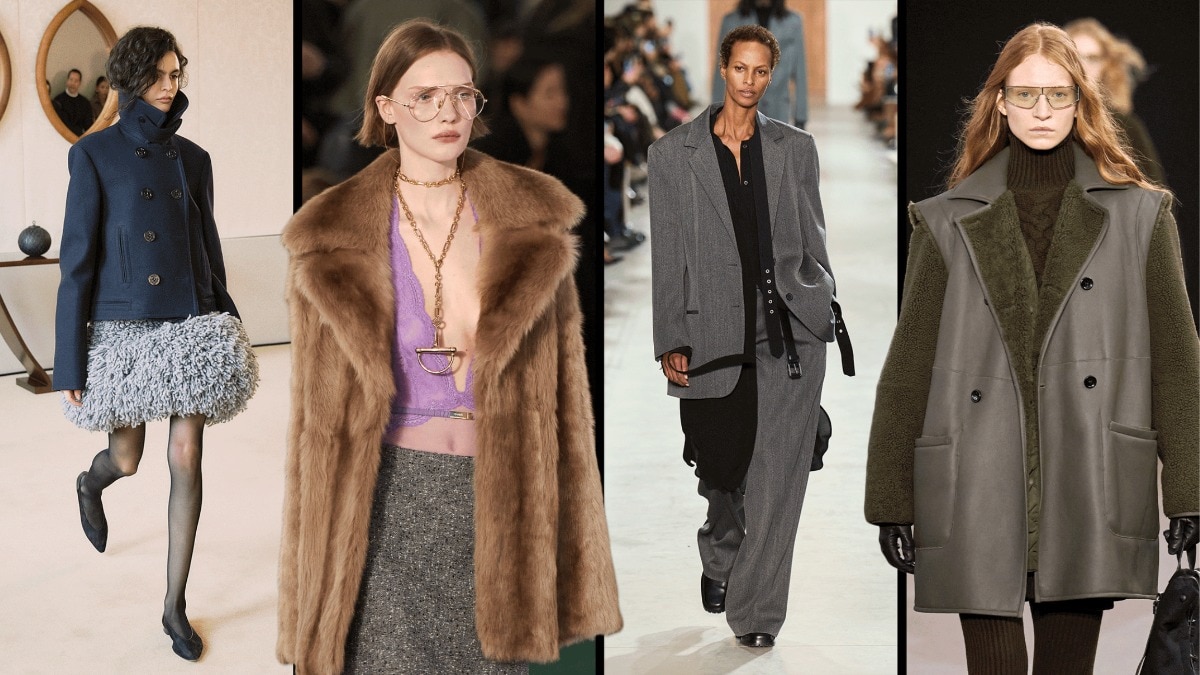5 accounts on the Gram challenging colourism
For beauty lies beyond the eyes of the beholder.


What can be said about colourism, that hasn’t been said before? It is defined as a form of prejudice and discrimination wherein people of a darker-skinned race are treated differently. But colourism knows no bounds. Its constant presence in the socio-cultural fabric of India and other countries has led to major implications on many individuals and society as a whole.
In our country, a majority of people are dark- or brown-skinned, yet they are conditioned to feel lesser about themselves. We bear a typical ‘chalta hain’ attitude (it implies just about anything is okay and can be compromised) to colourist labels thrown at girls and boys and pay no heed to the not-so-subtle remarks about fairness and beauty. However, the tide appears to be changing. The advent of social media, has brought a generation of models, creators, and artists who are challenging convention and raising their voices against colourism. Read on to know more.
Sriram Y
“You don’t have to look a certain way to be beautiful,” said self-portrait photographer Sriram in a recent interview. Through his childhood, he was bullied for his dark skin tone and began using fairness creams to feel a little more secure about how he looked. Like most of us, he witnessed to the edited, Photoshopped, and filtered images on social media feed. But he chose to be different…he chose to be himself. When the pandemic hit in 2020, he began taking self-portraits. He created DIY backdrops in his home, experimented with lights and shadows, and began breaking the Internet and stereotypes, one photo at a time.
Aastha Shah
Her Instagram bio reads: “A girl with vitiligo, living her dreams”. Aastha Shah has had vitiligo, a skin condition that causes discolouration of the skin in patches and grows over time, since the second grade. Shah spent much of her childhood in an out of doctors' clinics, trying to understand what she was going through. Of course, it was never easy. At school she was called names like ‘Dalmatian dog’, but when she reached her peak, she realised she was absolutely fine with the way she looked. In fact, she began owning it. Her white spots cover her entire body now, and she’s often met with questions about her fairness. It hardly bothers her. Today, she is a content creator and dancer who continues to be vocal about colourism and vitiligo, and is unafraid to show her skin just the way it is.
Deepica Mutyala
Mutyala is the founder of Live Tinted, a multicultural community and beauty brand that strives to make beauty inclusive. For years, she has been working to create a safe space for all skin tones and redefining the notions of beauty. Her products cater to the needs of the Live Tinted community and have been aimed at enabling people of colour to accept and embrace how they look. She has also been vocal about the need for make-up products suited for darker skin tones instead of only fairer skin.
Diipa Khosla
Since the beginning of her influencing journey, Indian fashion blogger and influencer Diipa Khosla has raised her voice against colourism. When she started, she, too, used a gamut of editing tools for her posts. But eventually, she got comfortable with showing her authentic self—pimples, dark circles, and all—and received much appreciation for her honesty. Today, she is an international influencer who uses her platform to discuss prevalent colourism in different industries and create a more inclusive space for the South Asian community everywhere. Two years ago, she started a #EndColourism campaign on social media to raise awareness and fight against the issue.
Black Inkblots
Founded by Reji Dev, Arvind Divarkan, and Lakshmi Marikar, Black Inkblots is an Instagram page that covers stories, experiences, and struggles of dark-skinned people in India. It highlights their struggle and how they overcame it. Their stories of remarks in school, judgments at home, and more resonate with many of us.

